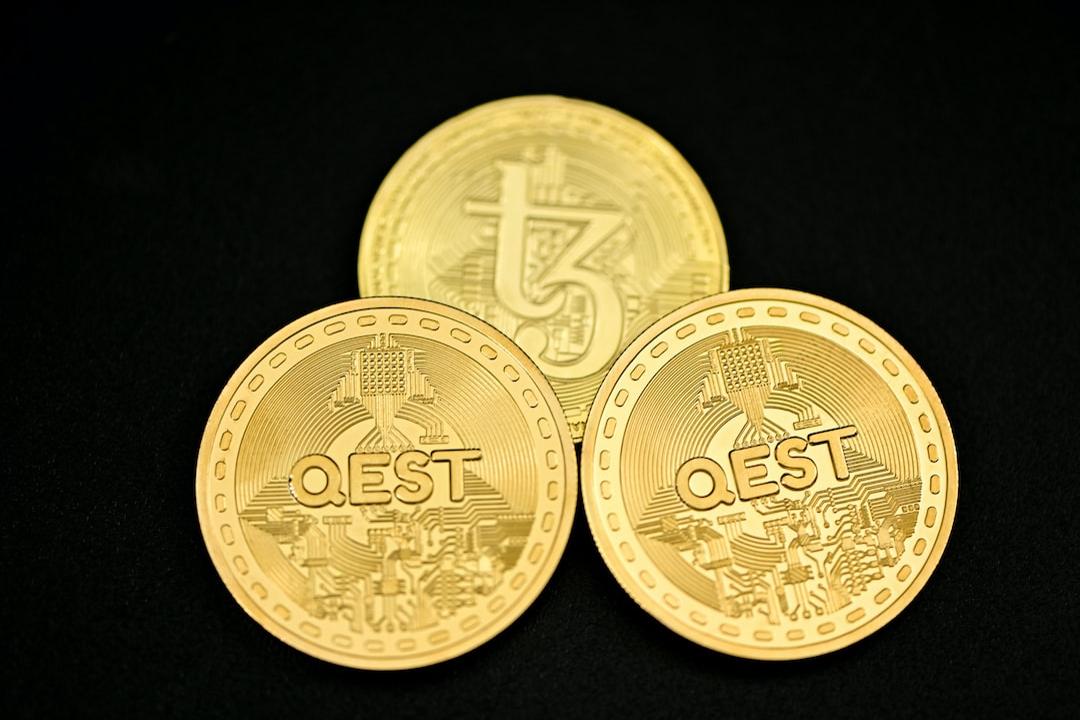SEC Updates Accounting Guidelines, US Dollar Stablecoins Classified as Cash Equivalents
The U.S. Securities and Exchange Commission (SEC) updated its staff guidance on Monday (August 4), providing new categorization standards for the accounting rules related to stablecoins. According to a report from Bloomberg, this latest guidance suggests that stablecoins pegged to the U.S. dollar may qualify for classification as cash equivalents, provided they have a guaranteed redemption mechanism and maintain value stability compared to other asset classes.
The new guidance explicitly states that to qualify as cash equivalents, stablecoins must be fully backed by cash or Treasury bills, maintain a stable value of $1.00, and ensure guaranteed redemption.
This measure aligns with SEC ### Paul Atkins’ recent efforts to remove restrictive measures. On April 4 of this year, the SEC issued guidance related to stablecoins, consistent with the GENIUS Act, clarifying that U.S. dollar stablecoins “within scope” are not considered securities, while confirming that entities handling the issuance and redemption of stablecoins are not required to register these activities with the commission. Under the new regulations, issuers must obtain federal or state government approval and provide proof of cash reserves. These steps help enhance the credibility of digital currencies and encourage their use in everyday finance. The new guidance aims to simplify corporate financial reporting processes, promote broader adoption of stablecoins by traditional financial institutions, and establish a clearer regulatory framework for stablecoins.
Project Crypto Initiative Launched to Drive Financial Market Transformation on Blockchain
Last week, Atkins announced the “Project Crypto” initiative, which builds on recommendations from the Presidential Working Group Report, aiming to “modernize securities rules and regulations to enable U.S. financial markets to shift to blockchain.” This initiative represents a significant shift for the SEC in cryptocurrency regulation, moving from a historically restrictive stance to a more open regulatory environment.
The Bernstein analysis team described this as an unprecedented cryptocurrency framework from U.S. regulators, potentially positioning the U.S. at the forefront of international financial evolution. The release of this guidance comes at a critical time when the SEC is striving to develop broader cryptocurrency rules, with the latest temporary guidance being part of Atkins’ ### efforts to dismantle restrictive measures. The new regulatory direction reflects a fundamental shift in the U.S. government’s attitude toward digital assets, moving from a cautious wait-and-see approach to actively embracing innovation. This policy shift may not only influence the stablecoin market but could also have profound effects on the entire cryptocurrency ecosystem, establishing a competitive advantage for the U.S. in the global digital finance arena.
Compliant Stablecoins like $USDC Benefit, Market Competitive Edge Emerges
The new SEC guidance provides compliant stablecoin issuers with a competitive advantage over unregulated alternatives. For instance, $USDC, currently priced at $0.9998 with a market capitalization of $64.38 billion, is expected to benefit from this policy. As a stablecoin fully backed by cash and Treasury bills, $USDC meets all the requirements of the new guidance, giving it an edge in corporate accounting treatment.
Industry observers anticipate that this guidance will encourage more institutions to adopt stablecoins and drive innovative development of compliant stablecoin infrastructure. For businesses, being able to classify stablecoins as cash equivalents means simplified financial reporting processes and reduced accounting complexities associated with adopting digital assets.
This classification advantage may prompt more companies to consider holding compliant stablecoins on their balance sheets, especially those needing rapid, low-cost cross-border payment solutions. As the regulatory environment clarifies, more traditional financial institutions are expected to begin integrating stablecoins into their operational processes.
Stablecoins Move Toward Mainstream Finance, Regulatory Clarity Promotes Institutional Adoption
The SEC’s new guidance symbolizes a significant milestone for stablecoins formally entering the mainstream financial system. By providing clear accounting classification standards, regulators have eliminated one of the significant barriers businesses face when adopting stablecoins. This development is expected to accelerate the application of stablecoins in corporate financial management, international trade, and everyday business transactions.
The impact of regulatory clarity extends beyond accounting treatment, laying a solid foundation for the overall development of the stablecoin ecosystem. With compliance requirements becoming more explicit, more high-quality stablecoin products are expected to enter the market, while also driving improvements and innovations in related infrastructure.
This policy change also reflects the U.S. government’s supportive attitude toward digital financial innovation, providing a more stable regulatory environment for the long-term development of the cryptocurrency industry. As stablecoins achieve the same accounting status as traditional cash equivalents, it is anticipated that this will further promote the integration and popularization of digital assets within the global financial system.
This article is collaboratively reproduced from: Crypto City

